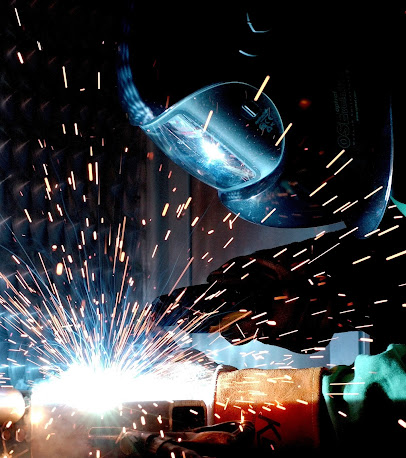Welding Gloves: The Art of Safety and Precision
Welding gloves are not mere hand coverings; they are the silent guardians of safety and precision in the demanding world of welding and metalwork. These specialized gloves offer a unique blend of protection and precision, serving as the crucial defense against the blistering heat, fiery sparks, and molten metal splatter that are integral to welding processes. They embody an unwavering commitment to safety and craftsmanship in the intricate realm of metal fabrication.
At their core, welding gloves are designed to shield hands from the scorching heat generated during welding operations. The welding process can reach temperatures that soar into the thousands of degrees Fahrenheit, necessitating gloves that can endure such extreme thermal conditions. Typically, welding gloves are meticulously crafted from robust materials such as cowhide, goatskin, or advanced heat-resistant fabrics. These materials act as steadfast insulators, ensuring that welders are protected from burns and discomfort, enabling them to focus on their work without compromising safety.
However, the role of welding gloves extends beyond heat resistance; they are also engineered to provide a formidable barrier against the perilous sparks and molten metal fragments that are intrinsic to welding. Welding often produces a shower of sparks and minute metal fragments that pose a significant hazard to exposed skin. Welding gloves feature reinforced seams and multiple layers of protective materials, forming an impenetrable fortress against these hazards, thus averting injuries. Moreover, many welding gloves extend well beyond the wrist, offering additional coverage for the forearms, an area especially susceptible to harm during welding tasks.
Yet, welding gloves are not solely about safety; they prioritize precision and dexterity as well. Available in an array of styles, including fingered and fingerless designs, they cater to diverse welding techniques and individual preferences. Some gloves are fortified with Kevlar stitching for enhanced durability and resistance to abrasion, while others incorporate ergonomic designs aimed at minimizing hand fatigue during extended welding sessions.
The choice of welding gloves depends on the specific welding process and materials involved. MIG welding, TIG welding, and stick welding may necessitate distinct glove styles due to variations in heat intensity and welding techniques. Consequently, welders often maintain a collection of gloves, each carefully chosen to meet their specific needs.
In conclusion, welding gloves are not just accessories; they are indispensable safety gear for welders and metalworkers. With their capacity to withstand extreme heat, shield against sparks and molten metal, and provide precision and durability, welding gloves epitomize an unwavering commitment to safety and excellence in the welding industry. They are an integral part of a welder's toolkit, ensuring that skilled professionals can work with precision and confidence in a challenging environment while safeguarding their well-being.




Comments
Post a Comment